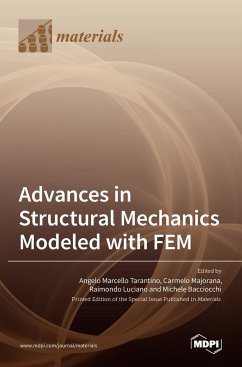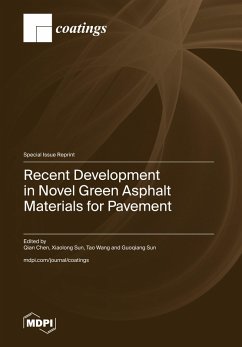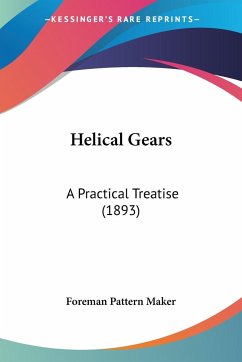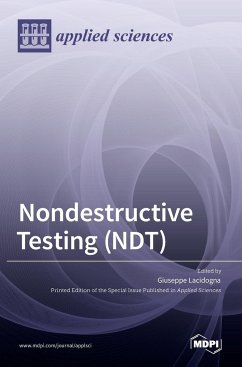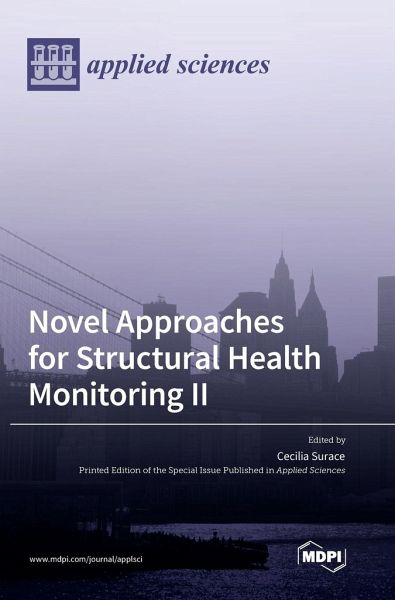
Novel Approaches for Structural Health Monitoring II
Versandkostenfrei!
Versandfertig in 1-2 Wochen
66,99 €
inkl. MwSt.

PAYBACK Punkte
33 °P sammeln!
The thirty-plus years of progress in the field of structural health monitoring (SHM) have had a huge impact on our everyday lives. Be it for the monitoring of fixed- and rotary-wing aircrafts, for the preservation of the cultural and architectural heritage, or for the predictive maintenance of long-span bridges or wind farms, SHM has shaped the framework of many engineering fields. Given the current state of quantitative and principled methodologies, it is nowadays possible to rapidly and consistently evaluate the structural safety of industrial machines, modern concrete buildings, historical ...
The thirty-plus years of progress in the field of structural health monitoring (SHM) have had a huge impact on our everyday lives. Be it for the monitoring of fixed- and rotary-wing aircrafts, for the preservation of the cultural and architectural heritage, or for the predictive maintenance of long-span bridges or wind farms, SHM has shaped the framework of many engineering fields. Given the current state of quantitative and principled methodologies, it is nowadays possible to rapidly and consistently evaluate the structural safety of industrial machines, modern concrete buildings, historical masonry complexes, etc., to test their capability and to serve their intended purpose. However, old unsolved problems as well as new challenges exist. Furthermore, unprecedented conditions, such as stricter safety requirements and ageing civil infrastructure, pose new challenges. Therefore, the second volume of this Special Issue series gathers the main contributions of academics and practitioners in civil, aerospace, and mechanical engineering to provide a common ground for structural health monitoring in dealing with old and new aspects of this ever-growing research field.



